
Photographing your Livestock
Any photo is better than no photo - even a livestock selfie!
Great photos are the key to marketing your stock.
If they are camera shy, check out our photography tips below.
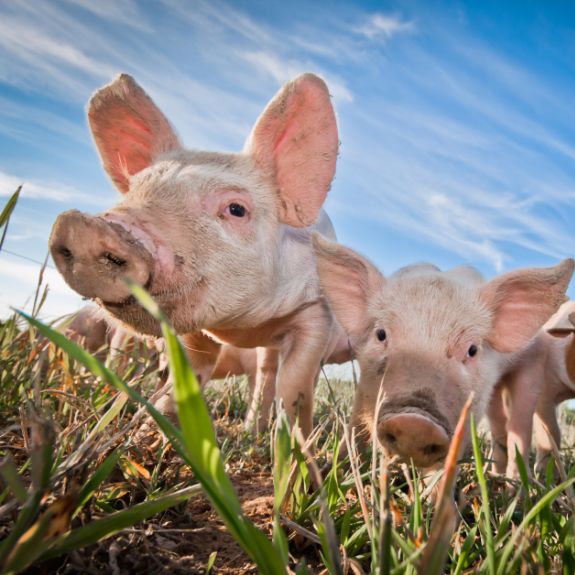
Sunrise and Sunset - Golden Hours
Early in the morning or about an hour before sunset offers the best light. If you need to shoot during the day and the sun is out, keep it behind you so you don’t end up with a silhouette. Try getting down to eye level, around a meter away, to capture the animal’s entire body in your frame. Most importantly, have fun! Don’t hesitate to try some weird angles! You never know what you might capture in a playful moment.
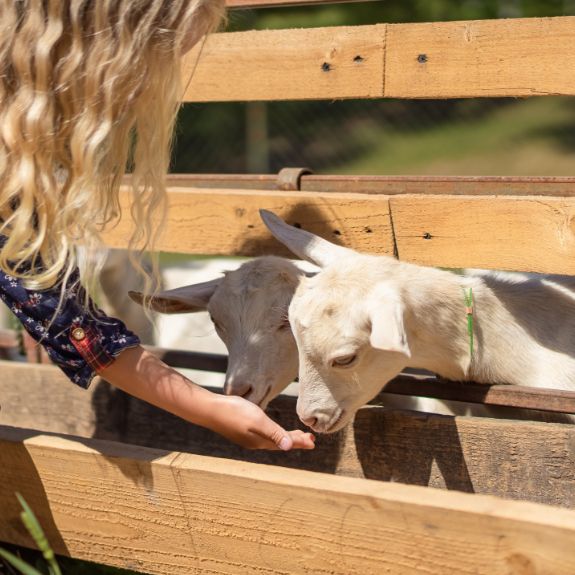
Keep them comfortable, build their confidence.
Keep them comfortable and build their confidence. A familiar environment—complete with their usual food, voices, bedding, routine, and even the rest of their herd—helps them stay calm and relaxed. Spend time beforehand offering hand feeding, gentle touches, washing, brushing, eye contact, and vocalizations. Once they trust you, they’ll be much more at ease when it’s time to bring out the camera.
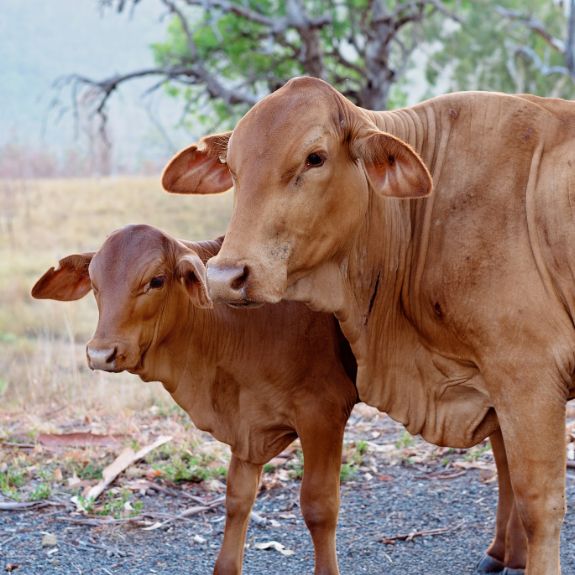
Camera Practice
If you don't use your camera often check and practice your settings in natural light. If you're photographing indoors make sure you have enough light so you don't need to use a flash.
Either way, the most important factor is focussing your camera or phone for a sharp image. If youre taking photos on your mobile or tablet 'Portrtait Mode' is great for blurring out distracting backgrounds and making your subject stand out.
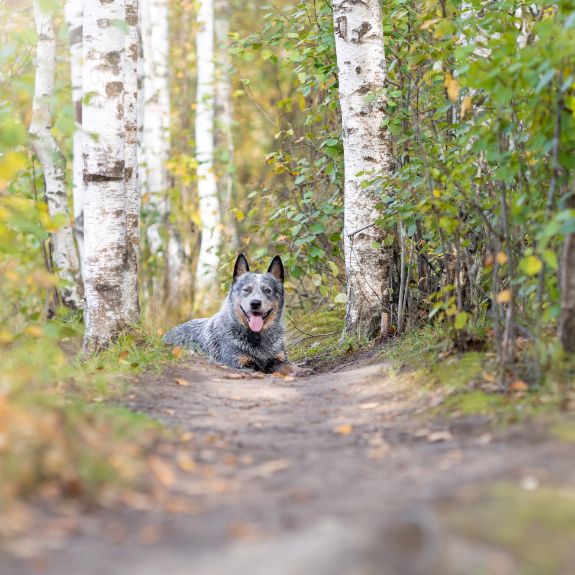
Use Auto Focus
Auto focus keeps a spotlight on your livestock while the background blurs. Find a plain background (grass, shed or fence) and focus your lens on their eyes or at eye level, helping them stand out in the photo.
(Editing photos on your mobile or tablet
Step 1. Select photo
Step 2. Click the ‘edit’ button
Step 3. Select Auto Option to adjust or correct exposure).
Specific Livestock Tips
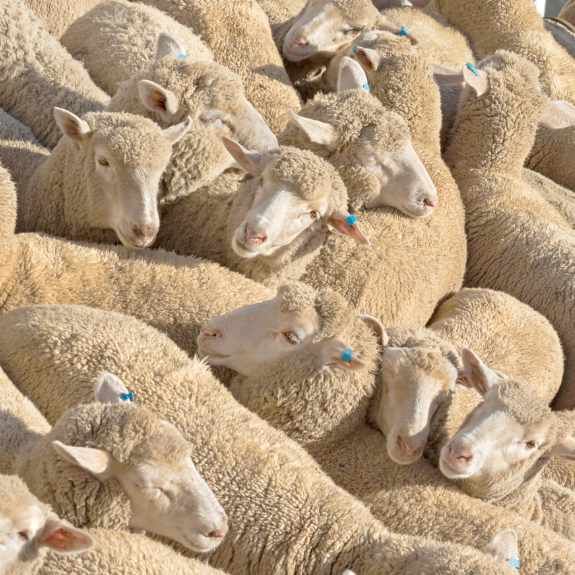
Sheep
Sheep are naturally timid and feel most comfortable in familiar surroundings. Before you try taking a front-facing photo, spend a few days building trust by hand-feeding them, speaking gently, maintaining calm eye contact, and offering reassuring touches. When the time comes to photograph them, kneel down so you’re at their eye level. If they’re still too shy, you can tether them as a last resort. And if your sheep seems more at ease when you’re close by, go ahead and snap a selfie together.
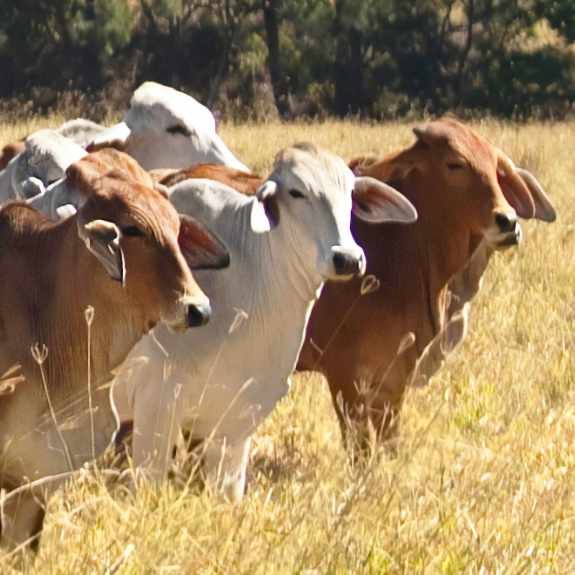
Cattle
Avoid cloudy days, especially if you’re photographing darker breeds—good lighting really makes a difference.
When you’re ready to snap a few shots, start by finding even ground so the cattle’s hips and shoulders are on the same level. Then, try photographing them from the side or while they’re moving uphill to really show off their muscle condition. Standing about 10 meters back is a good distance to capture their entire outline—underline included—and make sure the sun is behind you so you don’t end up with a silhouette.
For the best angle, position yourself slightly off their shoulder, crouch down a bit, and aim to shoot from around 1.5 meters in height. Avoid getting too close or using a wide-angle lens, because both can distort the image and give it an unnatural look.
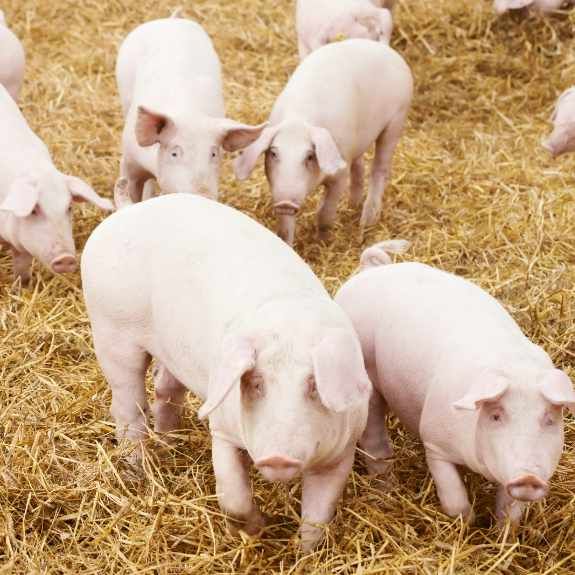
Pigs
Pigs require patience, patience, patience. Spend time playing with them in their pen so they learn to feel comfortable around you. Once they’re calm, slowly introduce food treats (like grapes, pumpkin, carrots, or melons) a few days beforehand so they get used to them—these same treats will help you guide the pigs toward or away from you when it’s time to take photos. Giving them a wash and a brush helps them relax even more, and the longer you spend together, the easier it will be to snap a good shot. If you plan to photograph them outdoors, let them out a few days early so they can get familiar with their new surroundings. Finally, be ready to take lots of photos in quick succession, from all angles and distances.

Goats
Getting your goat’s attention while positioning thier legs and head can be tricky, but not so tough if you enlist a few friends and a fluffy toy.. If you’re the photographer, stand about two meters away and get your camera or phone in focus. One friend can hold the lead and position the goat’s feet, while another uses a colorful object to catch the goat’s eye at the right angle. For the best overall view, consider taking a side profile, a rear udder shot, a front view to show chest width and straight legs, and an overhead shot to capture body capacity. Because goats are so curious, they’ll want to sniff and chew the toy, so keep it just out of reach—both from them and your shot.